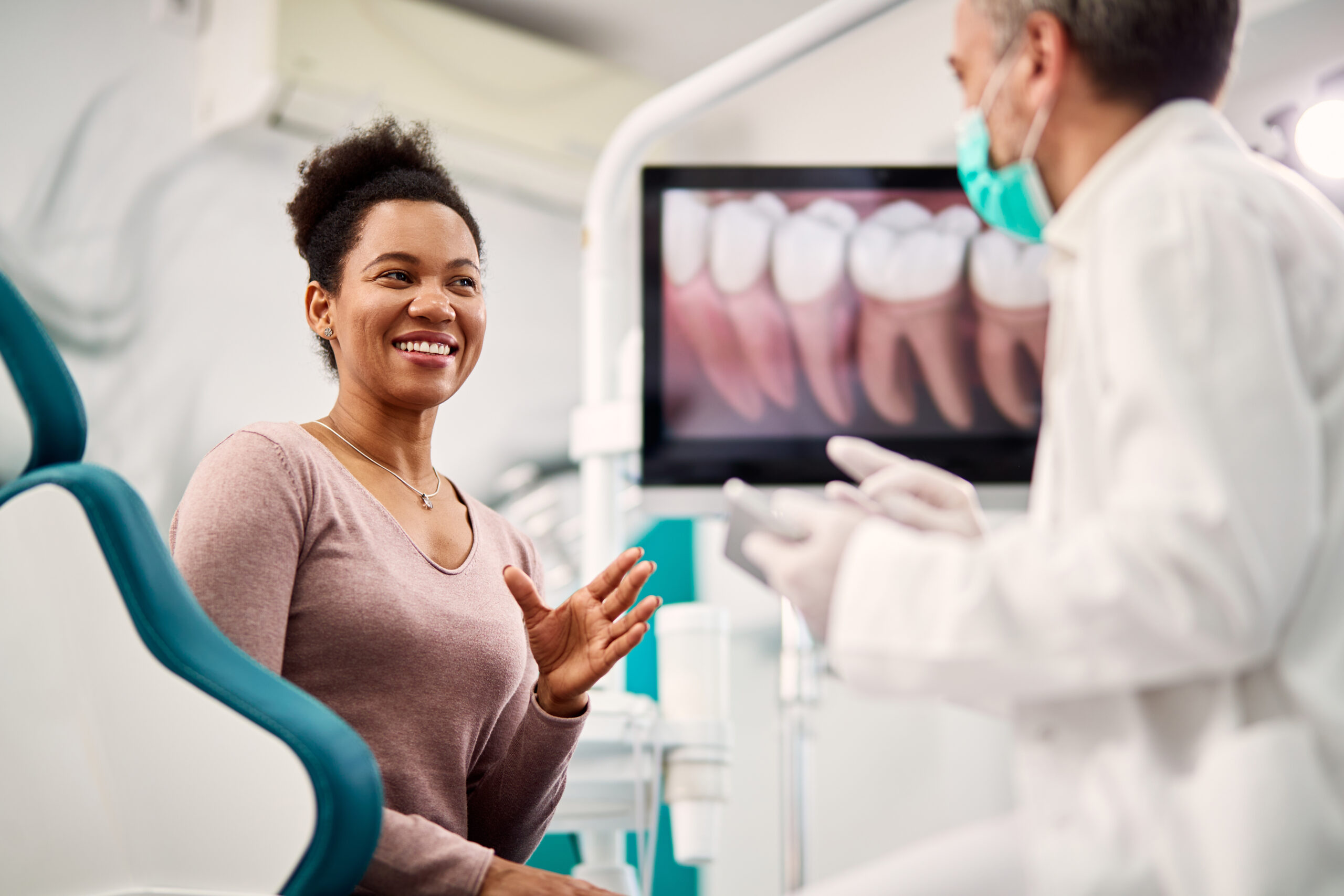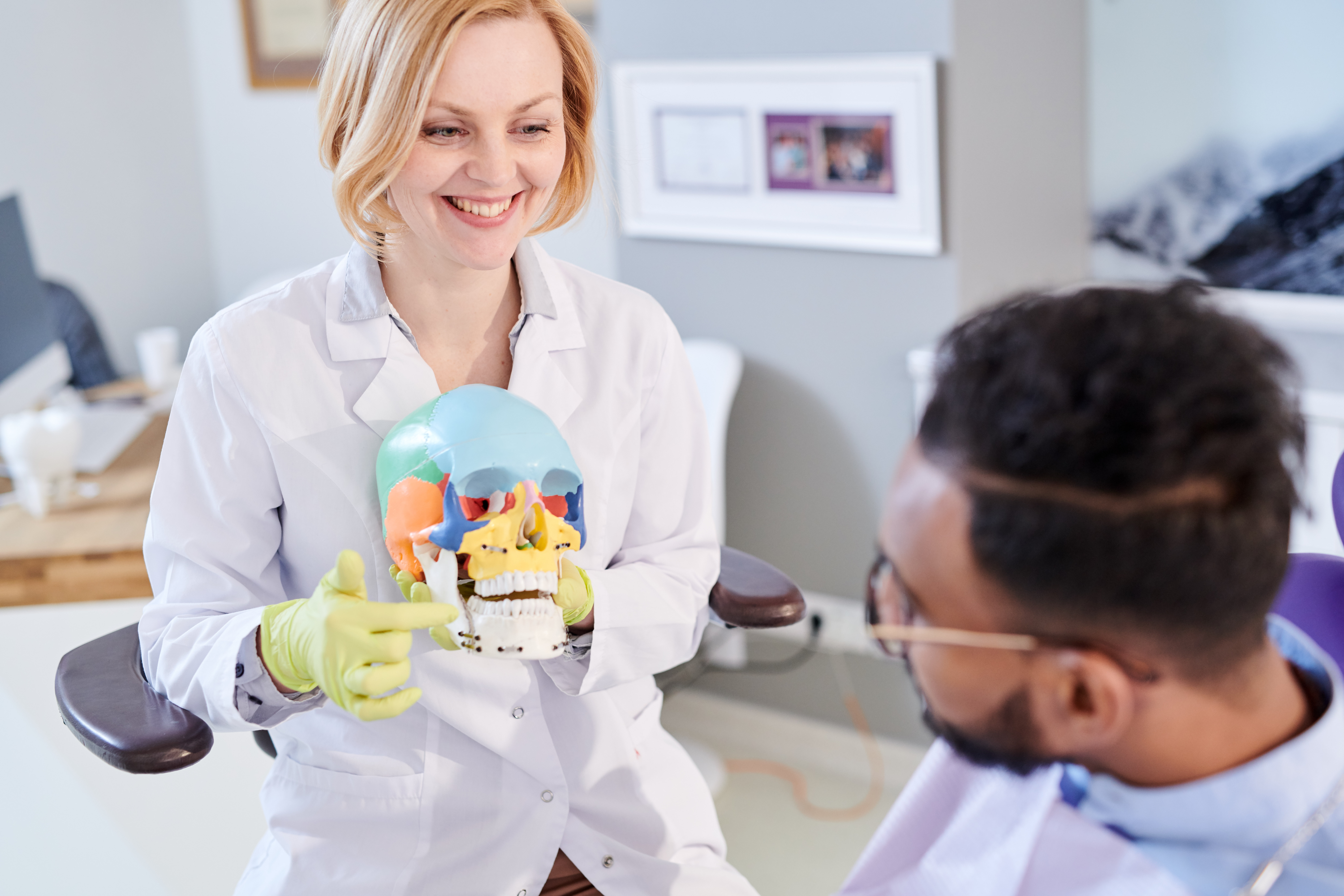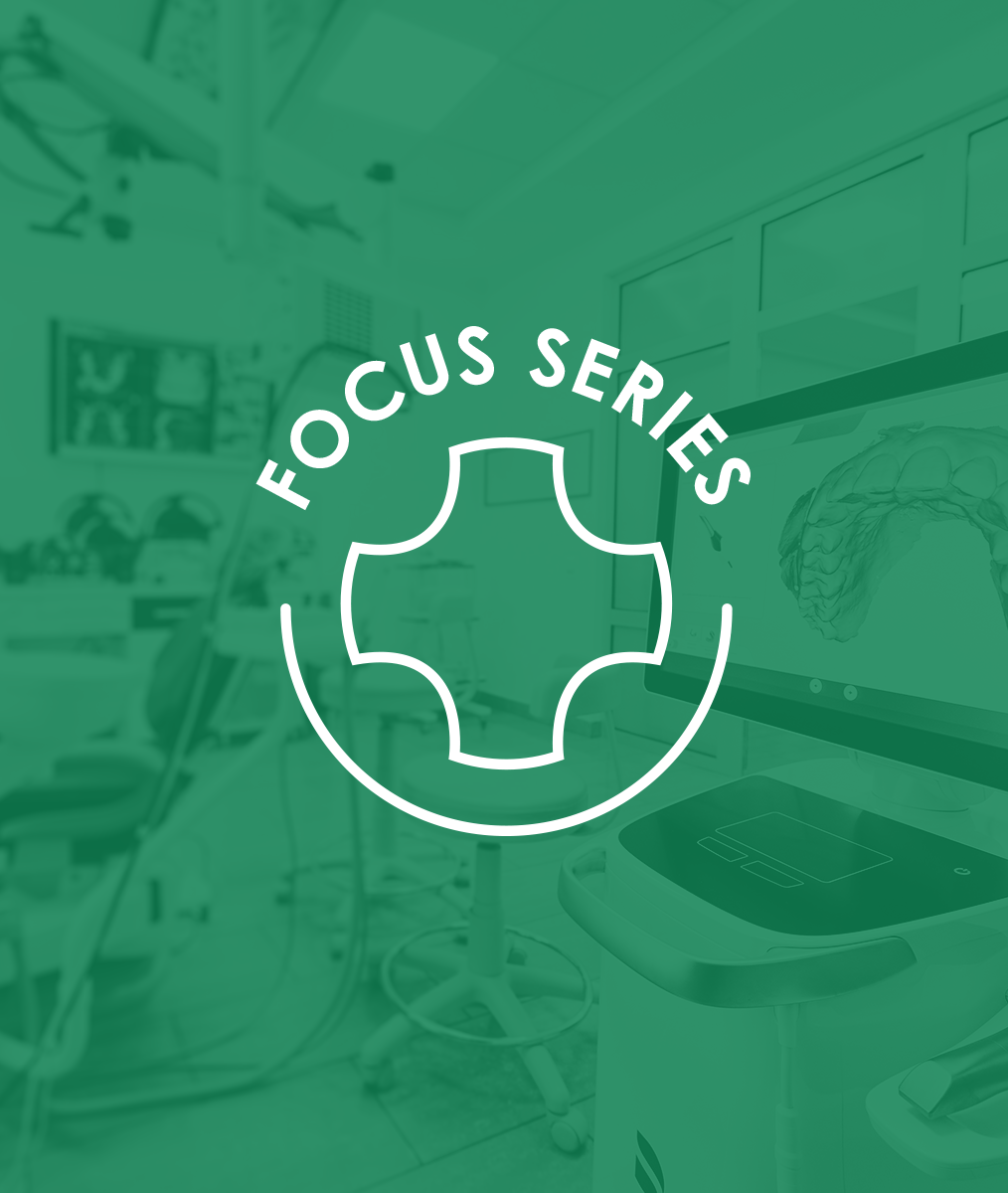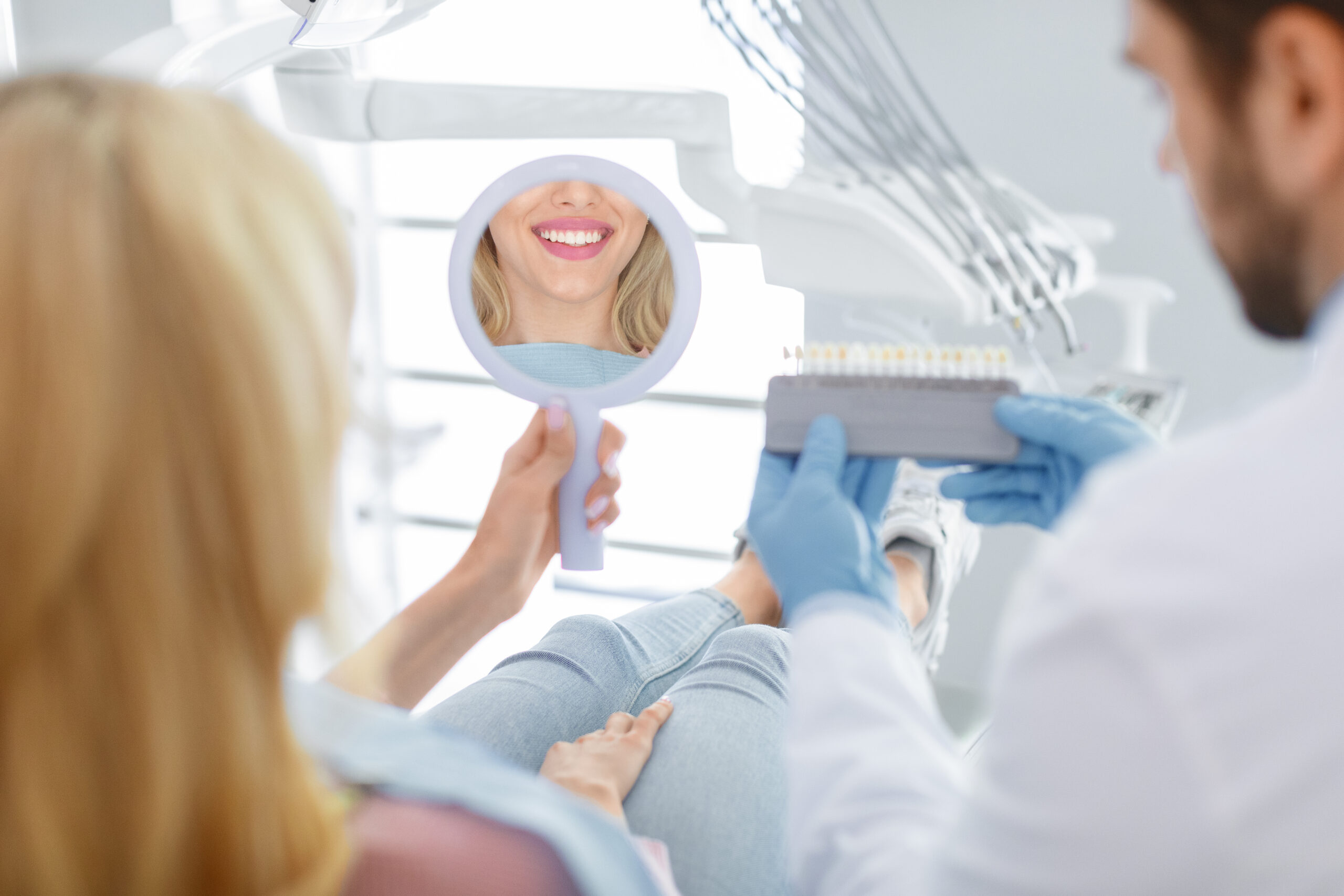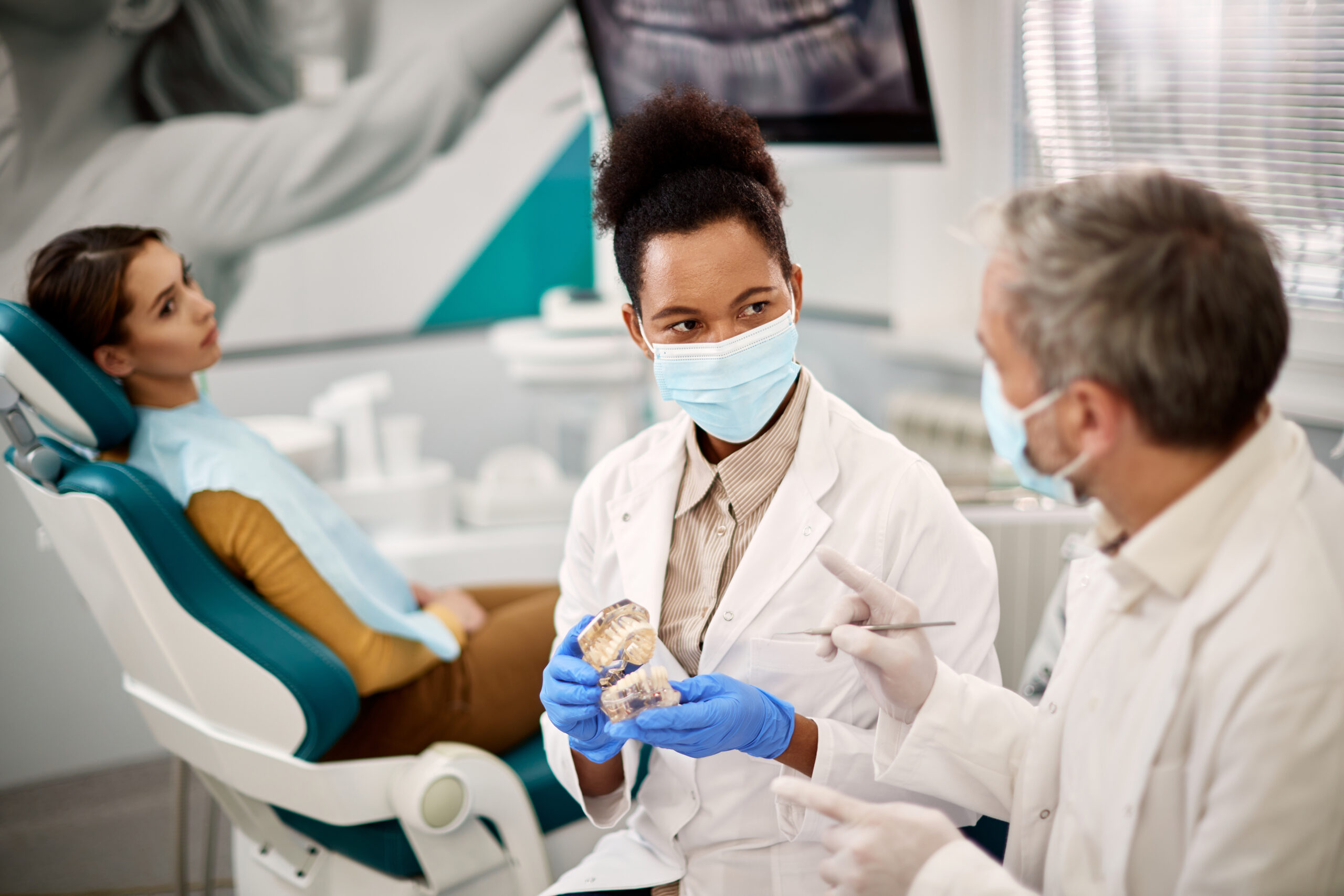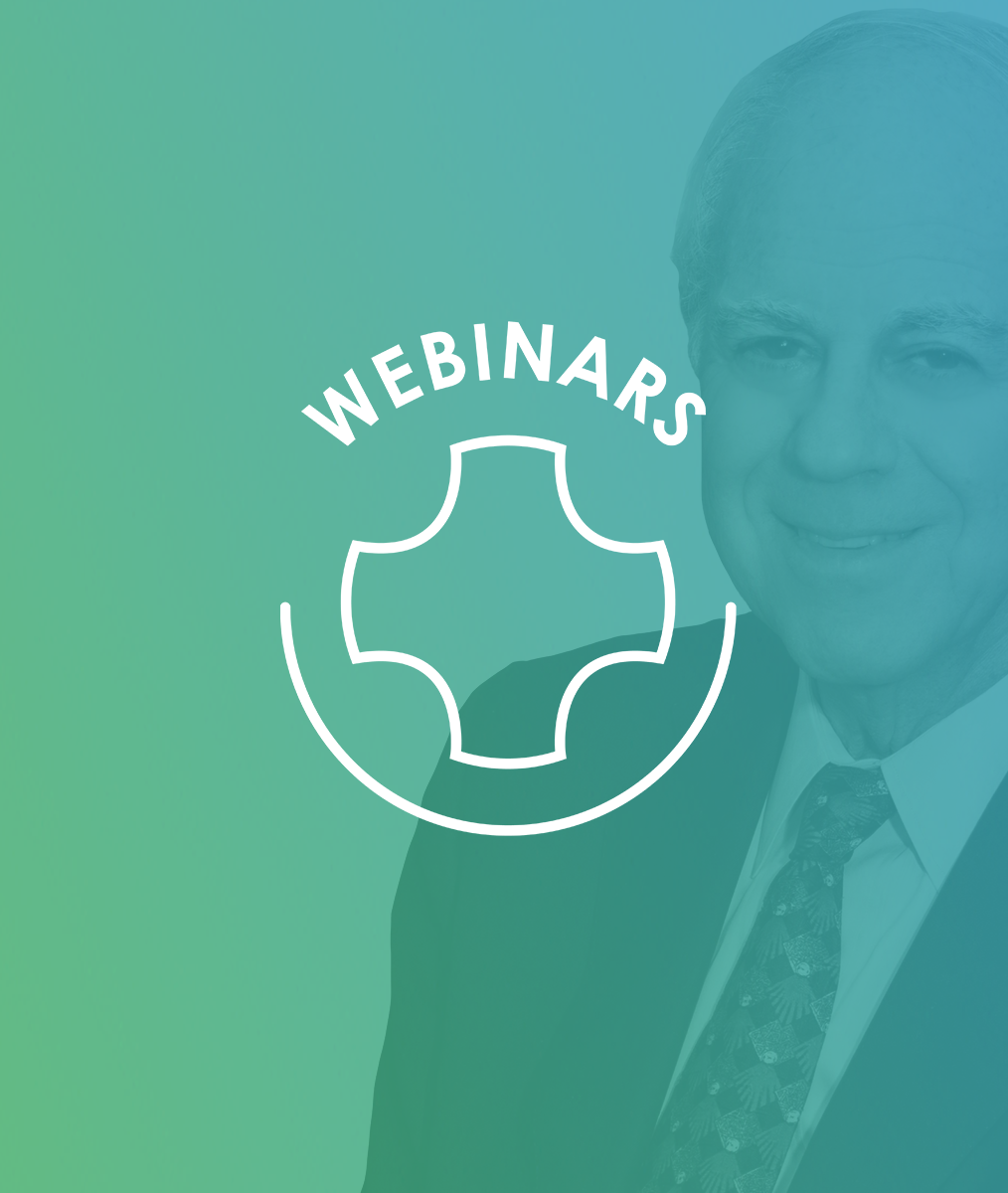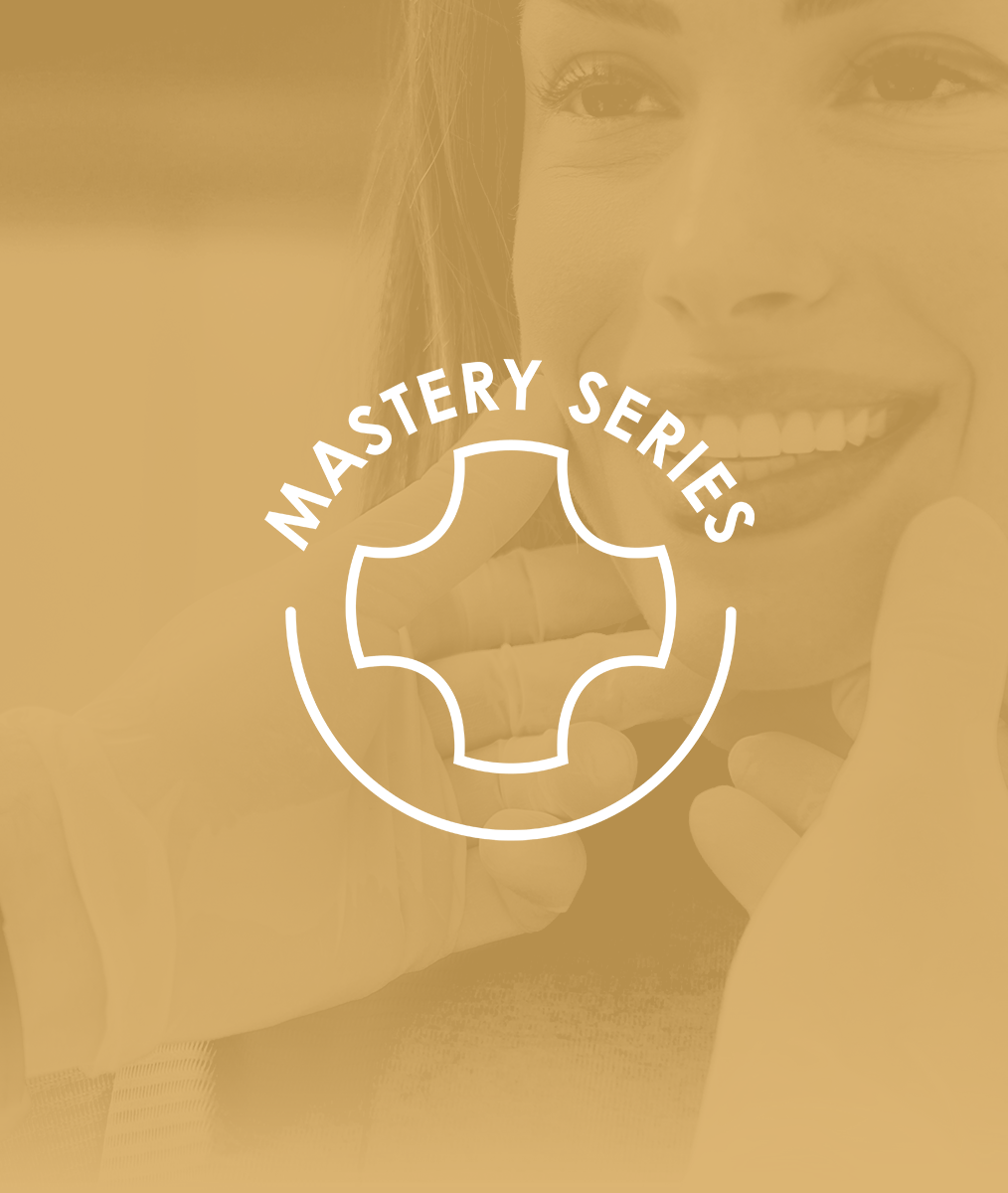How Invested Are We in Our Patients’ Success?
By Paul A. Henny, DDS
The word “prescriptive” recently got stuck in my head. It made me think about the important distinction between a relationship that’s primarily focused around “giving directions or injunctions” versus mutually goal-oriented and collaborative. It’s all too easy in the middle of a busy day to reduce our patients’ complex problems down to prescriptive responses so we can move on to the next problem or obligation on our schedule.
The reality of dentistry was brilliantly stated long ago by Bob Barkley, “Our goal is to design dentistry that will fail at the slowest possible rate.” This humble statement should always sit at the center of our practice philosophy: We aren’t gods; hence we aren’t perfect, and we can’t control the future. The best we can do is learn, practice, and do our best with the best of intentions. The rest will be up to the patient and fate.
If our patients choose to not assertively take charge of their oral microbiome through appropriate oral hygiene and diet management, then all of our skills and good intentions will be undercut, and the failures sometimes blame-shifted onto us. That thought brings me around to the central reason behind why I’m writing today: We can’t be successful unless we are also good teachers and leaders. We have to want our patients to be successful on a very deep level.
Last year my daughter Allison graduated at the top of her high school class, and it was easy to think “Wow! Look at what she did!” Yet it wasn’t just her efforts that made it happen, so the thought should be “Wow! Look at what WE did!” as the effort was communal and very philosophically-driven. It’s clear that Allison’s Principal and teachers LOVED her enough to invest a significant part of themselves in her development. You could feel it, see it, and hear it in their words.
Are we similarly invested in our patients success? Are we doing a whole lot more than just being prescriptive? Are we investing a significant part of ourselves in our patients’ lives because we want to see them succeed? Can they feel it, see it, and hear it?
Related Course
Creating Financial Freedom
DATE: March 6 2025 @ 8:00 am - March 8 2025 @ 2:00 pmLocation: The Pankey Institute
CE HOURS: 16
Dentist Tuition: $ 2795
Single Occupancy with Ensuite Private Bath (per night): $ 345
Achieving Financial Freedom is Within Your Reach! Would you like to have less fear, confusion and/or frustration around any aspect of working with money in your life, work, or when…
Learn More>
